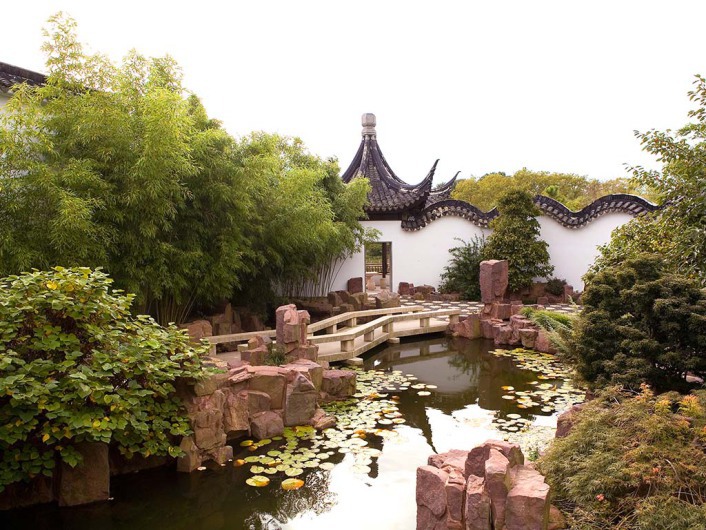Whether you’re an arts and culture enthusiast, a family looking to get away, or if you have a soft spot for beautiful botany, there’s something for everyone on this 83-acre historic campus.
Snug Harbor Cultural Center & Botanical Garden is the result of more than four decades of restoration and development to convert a 19th century charitable rest home for sailors to a regional arts center, botanical gardens, and public park. It is a place where history, architecture, gardens, agriculture, visual and performing arts, and education come together. Snug Harbor consists of 28 buildings, fourteen distinctive botanical gardens, a two acre urban farm, wetlands and park land on a unique, free, open campus.
The Newhouse Center for Contemporary Art Snug Harbor’s Newhouse Center for Contemporary Art features contemporary art ranging from paintings and sculpture installations to digital media. As the main art gallery on Snug Harbor’s campus,current exhibits are featured there displaying experimental art from across the world. Newhouse Center for Contemporary Art includes Snug Harbor’s Visitor Center and is the centerpiece of the five majestic Greek-Revival buildings on our front lawn.
The Staten Island Museum, the Noble Maritime Collection, and Art Lab also have extensive art collections and work on display. Founded in 1881, the Staten Island Museum, New York City’s only general interest museum, engages visitors with interdisciplinary exhibitions and educational programs that explore the dynamic connections between natural science, art and history based on its diverse collections.
Among the many gardens at Snug Harbor is the New York Chinese Scholar’s Garden (NYCSG), one of two authentic classical outdoor Chinese gardens built in the United States. The NYCSG is a compilation of different gardens in China. It is based on Ming Dynasty gardens (1368-1644 AD). All the architectural components of the NYCSG were fabricated in Suzhou, China. The garden features magnificent rocks resembling mountains that inspired the poetry and paintings of Confucian, Buddhist, and Taoist monks. Visitors can explore eight pavilions, a bamboo forest path, waterfalls, a Koi-filled pond, Chinese calligraphy, and a variety of Ghongshi scholar’s rocks including a 15-foot formation that towers over the central courtyard. A team of 40 Chinese artists and craftspeople spent a year in China creating the Garden’s components and another six months in Staten Island as craftsmen-in-residence at Snug Harbor to complete the construction.
